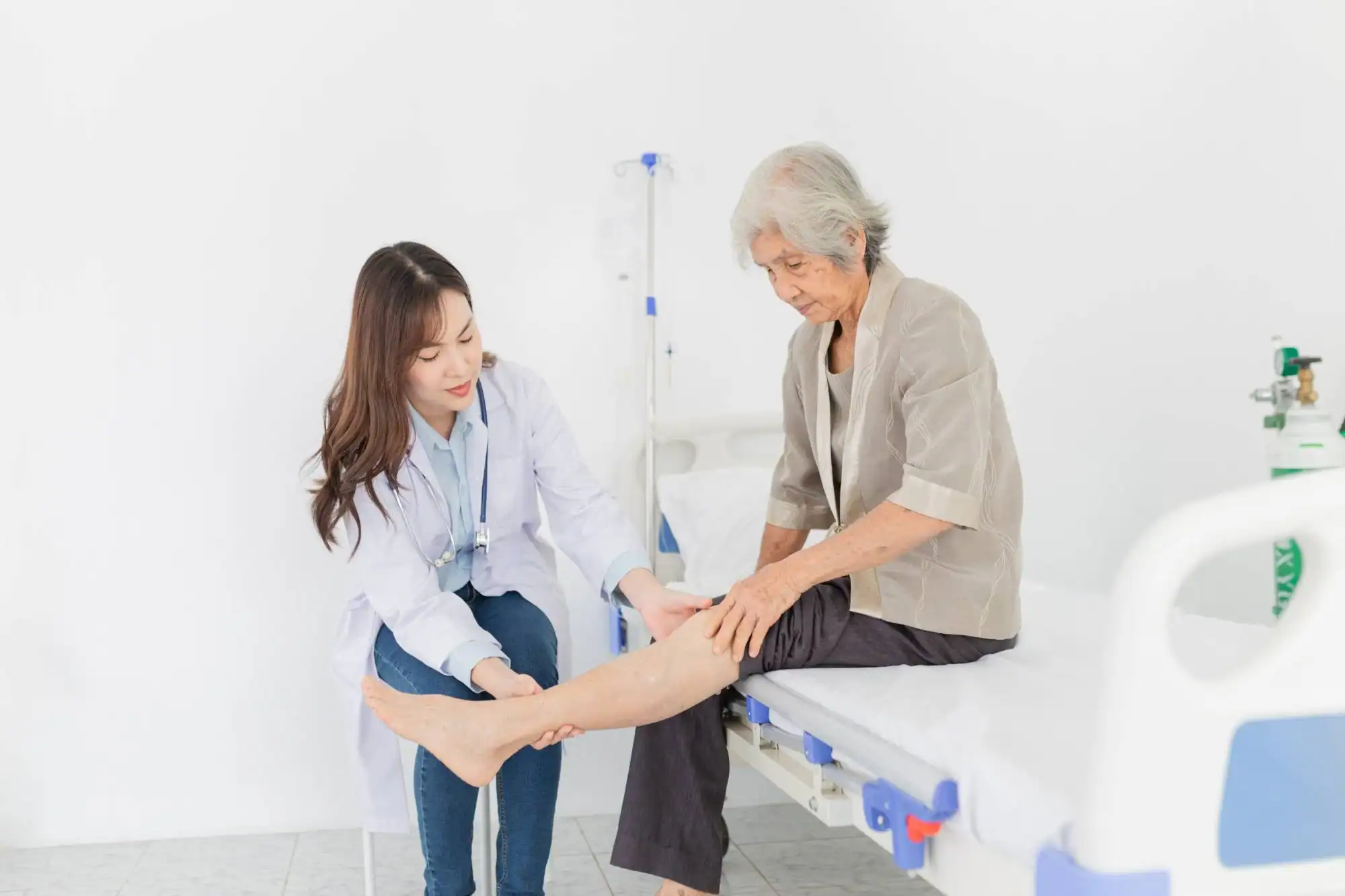Summary:
How Integrative Pain Management Works in NYC
Integrative pain management combines the diagnostic precision of conventional medicine with the healing principles of alternative therapies. We combine Eastern and Western methods, believing that blending traditional treatments with complementary therapies is the best way to treat pain.
This isn’t about choosing sides. It’s about using every effective tool available. We design treatment plans specifically for each patient, considering medical condition, history, cultural and personal values. The result is care that addresses both your symptoms and their underlying causes.
Why Conventional Medicine Alone Isn't Always Enough
Current treatment options vary in effectiveness, with many sufferers reporting that common methods are often only somewhat effective. In fact, around 84% of those with chronic low back pain wish there were better treatment options.
The limitations become clear when you look at traditional approaches. Pain medications can provide temporary relief but don’t address root causes. Back pain treatment is costly and frequently includes overuse of treatments that aren’t supported by clinical guidelines. Surgery carries risks and isn’t always successful for chronic conditions.
For chronic pain sufferers, the outlook with conventional care alone is often less promising, with disability scores not improving significantly over time. This is where alternative therapies fill crucial gaps. They offer natural pain relief mechanisms, address inflammation, and help restore function without the side effects of medications or invasive procedures.
We recognize these limitations. We don’t abandon conventional medicine but enhance it with proven alternative treatments that target different aspects of pain and healing.
The Science Behind Alternative Therapies for Pain Relief
Alternative therapies aren’t just feel-good treatments. Medical research shows acupuncture can be effective for relieving various forms of chronic pain, including low-back pain, neck pain, and osteoarthritis pain. The mechanisms are well-understood and measurable.
Acupuncture stimulates the release of endorphins, your body’s natural painkillers, while also reducing inflammation – often a contributing factor to pain and limited mobility. Electroacupuncture delivers mild electrical impulses to stimulate the nervous system to produce endorphins.
Physical therapy goes beyond simple exercise. It’s often a cornerstone of integrated pain management, with our therapists using techniques within orthopedic and sports therapy. Therapeutic exercise programs improve strength, flexibility, posture, and body mechanics, addressing underlying physical contributors to pain.
Manual therapy involves hands-on mobilization of joints and soft tissues to reduce stiffness and pain. These approaches work on different pathways than conventional treatments, which is why combining them creates synergistic effects.
The key is that these therapies complement rather than compete with conventional medicine. Acupuncture can complement physical therapy techniques, enhancing their effectiveness and providing a more comprehensive treatment plan.
Want live answers?
Connect with a NY Spine Medicine expert for fast, friendly support.
Benefits of Combined Treatment Approaches
When conventional and alternative treatments work together, patients experience benefits that neither approach achieves alone. Acupuncture can enhance the benefits of physical therapy, promote faster recovery, and provide significant pain relief.
The combination addresses multiple aspects of pain simultaneously. While conventional treatments might focus on specific symptoms or structures, alternative therapies often work on systemic issues like inflammation, stress, and energy flow. This comprehensive approach leads to more sustainable outcomes.
Faster Recovery and Better Outcomes
Acupuncture can aid in post-surgical recovery by reducing pain and inflammation while promoting healing. Athletes benefit from acupuncture to address injuries, reduce recovery time, and enhance performance.
The synergy becomes evident in real-world applications. Physical therapy builds strength and mobility while acupuncture manages pain and reduces inflammation that might otherwise limit therapy progress. By reducing pain and inflammation, acupuncture helps improve joint flexibility and range of motion.
We use ongoing monitoring to track progress toward pain reduction and functional goals. Adjustments to therapy types, frequency, or intensity are made based on patient response, allowing the plan to adapt to evolving needs throughout rehabilitation.
This personalized, responsive approach means you’re not stuck with a treatment that isn’t working. The combination provides multiple pathways to improvement, increasing your chances of finding relief. Integration can be effective for managing chronic pain conditions such as arthritis, fibromyalgia, and back pain.
Addressing the Whole Person, Not Just Symptoms
Effective chronic pain treatment requires a truly biopsychosocial approach that addresses the person at all levels – biological, psychological, and social – supporting both body and mind.
Chronic pain affects more than just the injured area. Pain can make it hard to work, take care of yourself and family, and have fun, ruining quality of life. Physical therapy can be stressful, especially for patients dealing with chronic pain. Acupuncture can help reduce stress and anxiety, promoting a more positive mindset during therapy sessions.
The psychological component is crucial. Treatment might include pain neuroscience education, mind-body medicine including biofeedback, hypnotherapy, mindfulness practice, and breathwork, along with acupuncture, botanical medicine, and targeted nutrition.
This holistic approach recognizes that pain is complex. Chronic pain can happen in any area of the body because of musculoskeletal challenges, nervous system challenges, inflammatory conditions, or possibly even past trauma. By addressing multiple contributing factors simultaneously, combined treatments offer hope where single approaches have failed.
Acupuncture addresses the body’s overall energy balance, providing a holistic approach to health and well-being, while conventional medicine ensures proper diagnosis and medical management of underlying conditions.
Finding the Right Integrated Pain Management Approach
The evidence is clear: combining conventional and alternative pain management treatments offers benefits that neither approach achieves alone. You get the diagnostic precision and medical expertise of conventional care plus the natural healing mechanisms and holistic benefits of alternative therapies.
We incorporate alternative therapies through careful patient assessment, personalized planning, and ongoing monitoring, using methods like physical therapy, manual therapy, acupuncture, and mind-body practices in conjunction with traditional medical care.
The key is finding practitioners who understand both approaches and can create truly integrated treatment plans. At NY Spine Medicine, this comprehensive approach helps patients achieve lasting relief and improved function, addressing not just symptoms but the underlying causes of pain.






